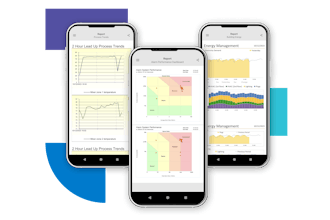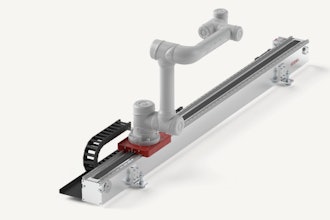
With increasing global competition, margin pressure and heightened customer expectations, leading manufacturers are leveraging innovation as a way to drive further differentiation and accelerate growth. A critical part of this objective is successfully launching newly developed or refined products or service offerings to the market. However, too often manufacturers focus primarily on product development and overlook the required marketing and demand generation steps for a successful launch.
In fact, according to McKinsey, more than 50 percent of B2B product launches fail to achieve business objectives. To help ensure an effective product launch, manufacturers must consider the following hurdles in their planning and execution
An Increasingly Risk-Averse Audience
For many B2B manufacturers, engineers are the primary target audience of their product launch, so creating awareness and preference with this audience is vital. But this is easier said than done as engineers are becoming increasingly risk-averse. For example, RH Blake’s Voice of the Customer data shows engineers are about 60 percent less likely than other functions to provide their contact details on the internet in exchange for information. As a result, generating leads and engagement becomes more challenging.
Furthermore, engineers appreciate certainty, prefer to work with facts and desire complete information before making a specification or purchase recommendation within their companies. It should be no surprise that approximately 60 percent of complex, high-stakes buying decisions – which often heavily involve engineers – end in no-decision/status quo.
More Cooks in the Kitchen
B2B sales now involve between five to ten influencers and decision makers‚ each with information they’ve gathered individually. Ensuring a deep understanding of the buying journey and then effectively educating and marketing to each function at the right time with relevant content is critical to helping execute a successful product launch.
Additionally, with 68 percent of B2B customers preferring to research independently online and a quickly growing and evolving list of where customers go to self-educate, manufacturers that have successfully identified and prioritized the right channels in their product launch will win more. Here are some recommendations to help ensure product launch success:
- Confirm campaign objectives. What does a successful product launch look like? Ideally your campaign objectives include leading and lagging indicators that are aligned with overall business objectives. Too frequently we see product launches that focus solely on leads or sales generated shortly after the launch. Also consider:
- Market share growth
- Growth in complementary offerings
- Leads within the first 12 months
- Margin impact on new/existing customers
- Quality sales calls
- New channel partner interest
- Sample inquiries, and/or downloads of related thought-leadership pieces
- Define and prioritize key markets and personas. The better and deeper the understanding you have about your target audiences, the more aligned your marketing efforts will be, which in turn helps drive product launch effectiveness. But identifying titles, industries and geographies isn’t enough, nor is relying on tribal knowledge.
- How well do you understand your target customers’ challenges and compelling events that trigger their search for a solution like yours?
- What are their risks if your solution doesn’t work for them?
- Who’s involved in a decision like this?
- Other than cost, what are key reasons they wouldn’t move forward?
- Where do they go for information?
- What types of content resonates more than others?
- What are their non-negotiables for a product and a supplier?
- Develop positioning, messaging and creative strategy. Once you have a deep understanding of your customers, perform competitor research on alternatives, including the approach of no-action. With this information, you’ll be able to identify how your product or offering fills a unique need and offers a distinct value to your customers. Leverage these insights and the persona background to create appropriate content that helps drive awareness and preference throughout the sales cycle.
- Building campaign and nurturing workflow. If you’re like many manufacturers, your sales cycles are measured in months or years. As a result, lead nurturing is critical. Too often manufacturers launch a product and overlook the importance of how to build and grow momentum of that launch over time. To help address this, consider making a 90-day plan, six-month plan and one- year plan for the launch workflow. Think through the different customer lead segments including where they are in the sales cycle and what type of content could be of value for them, as well as the optimal vehicle to deliver that content.
- Optimize and refine. By defining the right mix of KPIs in step 1, you’ll be seeing performance gaps which could be highlighting deeper product launch opportunities for improvement. For instance, if you’ve done an excellent job of creating awareness but many of your leads are still in the top of funnel phase, identify and address their hesitations with moving forward in the sales cycle.
Deep customer insight coupled with a structured launch framework drives product launch success. Understanding and considering the above-described hurdles and framework will hopefully help in your next product launch. Manufacturers that invest adequate resources up front and gain a deep understanding of their customers’ needs and specific buying journey steps will minimize their risk of product launch failure and drive superior business growth results.
Daniel Konstantinovsky is the Strategy Director for R.H. Blake, a manufacturing-focused marketing firm.






















